Synergy is one step closer to building Western Australia’s first utility-scale battery after receiving development approval for its Kwinana Big Battery project.
Government-owned utility said it had earlier this month received approval for the 100 MW/200 MWh battery which will be housed at the decommissioned Kwinana Power Station south of Perth. The battery will store enough energy to power 160,000 homes for two hours, providing additional security and stability to WA’s power system.
Synergy said it the battery is a major component of its future asset mix and a demonstration of the gen-tailer’s commitment to the delivery of safe, reliable and affordable energy.
“Increasing levels of large-scale and rooftop intermittent renewable generation has led the rapid transformation of the energy sector, presenting a range of opportunities related to how electricity is produced, managed and consumed,” the company said.
“The battery project will enable Synergy to optimise the use of its existing generation assets and provide network and system services to increase system security, providing a more sustainable, reliable and effective power supply to the wider region.”
Major expansion planned for hybrid energy hub
Still on batteries and developer SAPGen has lodged an application to expand the battery energy storage system at its planned 422 MW Summerfield Power Station in South Australia.
SAPGen has already obtained Development Approval for the large-scale hybrid energy project, comprising 380 MW of natural gas combined cycle turbines, a 12 MW solar farm, and 30 MW battery storage system.
The battery system was originally only going to be used to assist with the ramping up of the CCGT plant, but SAPGen has spotted an opportunity due to the high levels of renewables in the state’s grid and has applied to increase the capacity of the approved battery storage facility by 210 MW. The developer is also considering expanding the solar PV farm to as much as 600 MW.
“The addition of the expanded battery seeks to build upon the objectives for the project whilst also assisting to address current network challenges,” the application reads.
“Battery systems will be a critical part of the solution to address the current network challenges and to ensure a low-cost and secure electricity system.”
While the expansion project includes both solar and battery, the development application is limited to the expansion of the battery component. A development application for the solar expansion is proposed to be lodged as a separate stage at a later time.
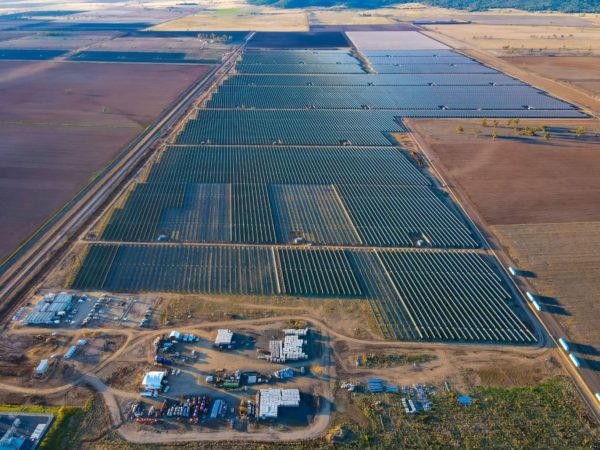
Image: Canadian Solar
Gunnedah solar project rejected
A proposed $6.9 million solar farm set to be built at Gunnedah, west of Tamworth in regional New South has been rejected with the Northern Regional Planning Panel (NRPP) declaring the 5 MW facility “would not be in the public interest”.
The NRPP was unanimous in its decision to knock back the 5 MW solar farm after Gunnedah Shire Council had received about one dozen submissions opposing the project, including concerns about possible negative impacts on house and land prices.
The project is one of a handful of solar farms proposed by NSW Community Renewables, part of the Providence Asset Group.
The solar farm was to be built on agricultural land at 262 Hunts Road, Gunnedah, but the NRPP said there is potential for “land use conflict”.
“The site is reasonably close to residential areas and it is possible that it will be nominated as a future residential area in the current strategic planning review being undertaken by council,” the panel wrote in its decision.
The project is completely separate to Canadian Solar’s 110 MW Gunnedah Solar Farm.
That facility has already connected to the grid and began sending power into the New South Wales grid earlier his month. It is expected to reach commercial operation before the end of the year.
Study shows green hydrogen facility viable
Mining company QEM’s plans to produce green hydrogen at its Julia Creek vanadium and oil shale project in north Queensland remain on track after a pre-feasibility study found the site well suited for a wind farm.
QEM earlier this year engaged technical consultant DNV Australia to conduct a pre-feasibility study (PFS) focusing on the potential of solar PV and wind farms to power a green hydrogen production facility at the remote location.
The first stage of the PFS has been completed and provides a positive indication of the viability to develop a 126 MW wind farm on site. DNV is currently investigating solar farm potential as the second stage of the PFS.
“The results of the wind farm stage of the study brings QEM another step closer to becoming a pioneering Queensland producer of green hydrogen,” QEM managing director Gavin Loyden said.
The second stage of the PFS is expected to be completed by the end of the month.
This content is protected by copyright and may not be reused. If you want to cooperate with us and would like to reuse some of our content, please contact: editors@pv-magazine.com.
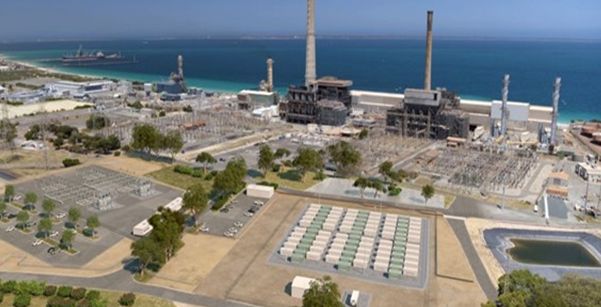
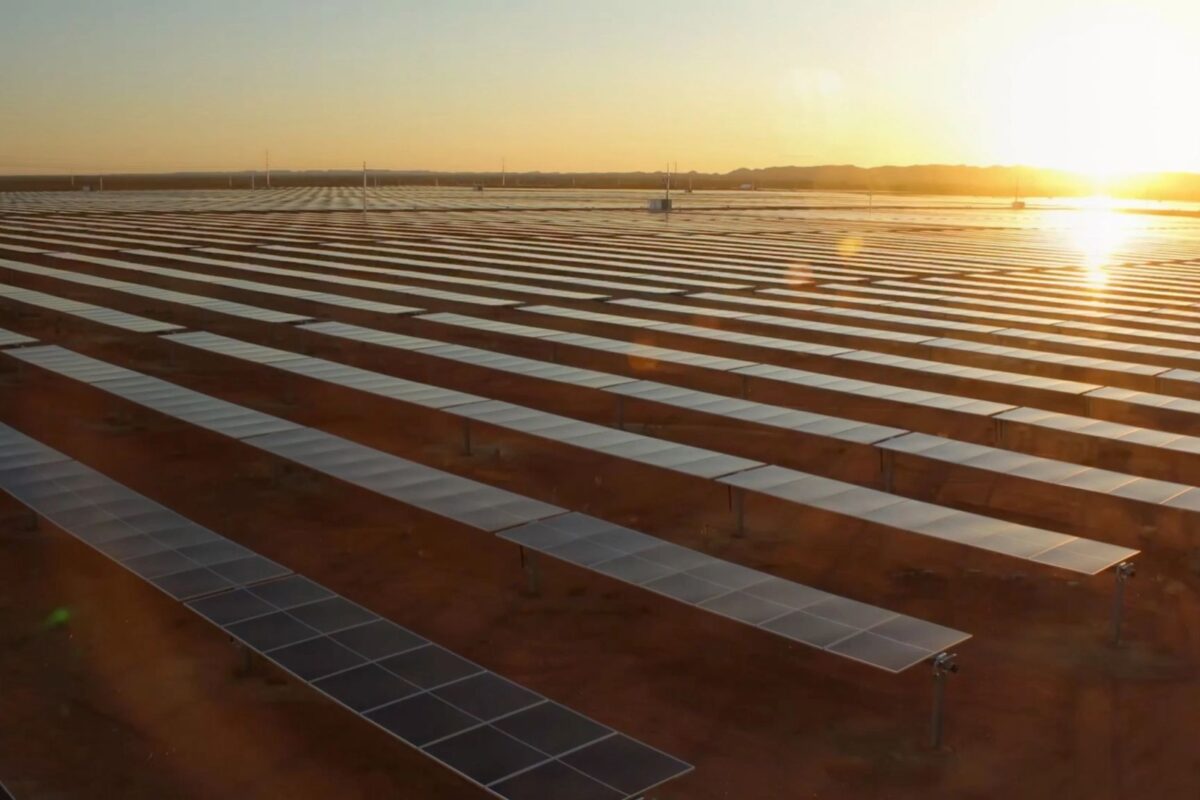


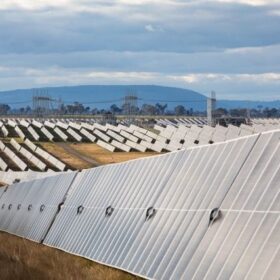
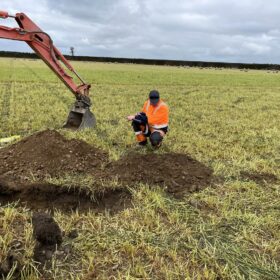
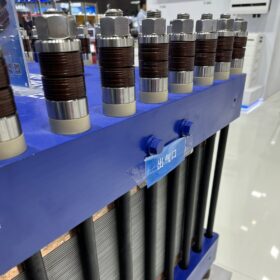
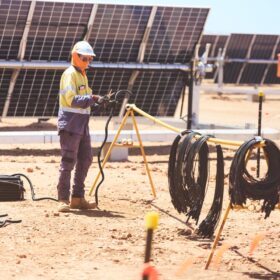
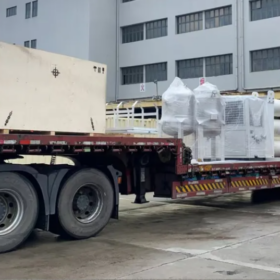
Regarding solar farms, in the US they are combining solar farms with agriculture by raising and spacing the panels enough to allow grazing animals and growing small crops. This way the farmer does not lose the use of valuable land for 25 years and still gets revenue from the power company. A win win toboth parties. I believe this practice should be mandatory where it is practicable to do so.
So when these batteries reach the end of there life how do we dispose of them. Like French electric cars dumped in a paddock.